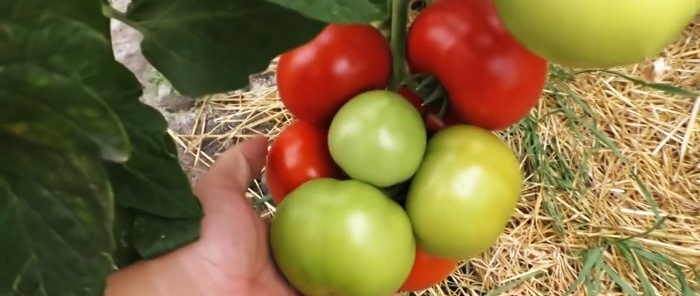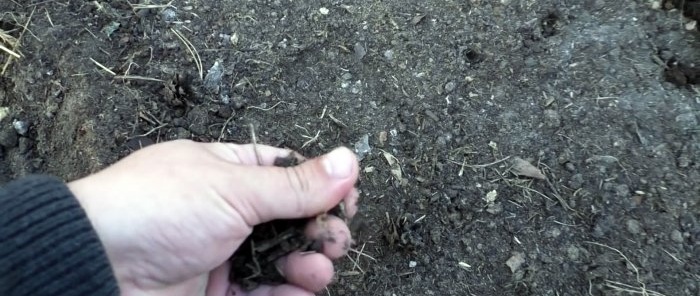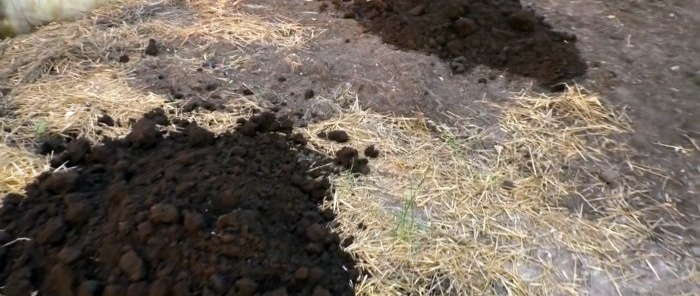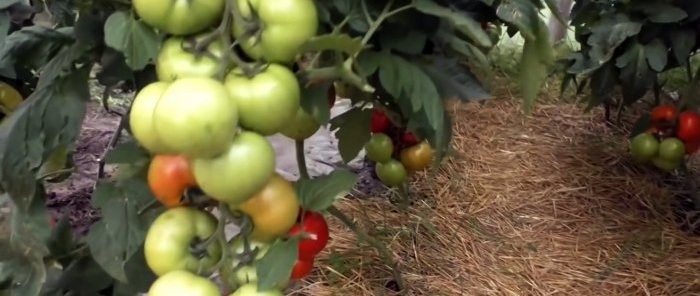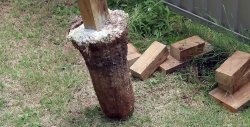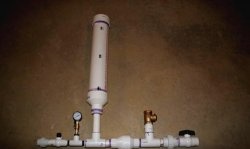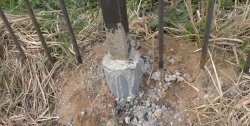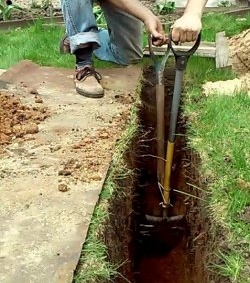Do you want to get a bumper harvest next summer? Then do this
In order to restore depleted soil for the new season, in the fall, before cultivating or plowing it, it is necessary to apply organic fertilizer. Let's look at how to do this, how much and what kind of fertilizer to apply.
What you will need:
- humus or compost;
- EcoPlant.
The process of restoring depleted soil
Any soil, be it sandy or dense clay, needs organic fertilizing. For this you can use humus or compost. By themselves, they are not capable of completely restoring depleted soil, since they contain only fractions of grams of valuable micro and macroelements. However, humus and compost have a positive effect on the consistency of the soil and improve its quality as a substrate for roots. In sand, they help retain moisture in the upper layers. They make clay soil loose and breathable.
Humus or compost is added to depleted soil at the rate of 10 kg per 1 m2. In subsequent years, their quantity should be reduced by 2 times to 5 kg/m2. The effect of humus or compost lasts for 3-5 years, after which they are decomposed into small fractions.It is necessary to evaluate the need for their application based on the density and flowability of the soil.
Humus and compost are effective soil structure improvers and provide a small supply of mineral components. However, plants need much more micro and macroelements, so an additional annual autumn application of EcoPlant in the amount of 50 g/m2 is required. It is also an organic fertilizer, but with a high concentration of minerals. Essentially, this is sunflower ash, which is extremely safe for soil and humans.
Ecoplant will give any soil everything it needs, except phosphorus, the concentration of which is quite low. If it is clear from the plants on the site that they have experienced phosphorus starvation, then in this case it is better to use double superphosphate.
All these fertilizers have a prolonged action, that is, they must be applied in advance so that they have time to work. Ideally, this should be done in the fall. Over the winter, fertilizers will restore the soil's productivity, and in the spring it will be ready for planting. Using this scheme, you will never harm the soil, plants or yourself. In addition, after preparing the soil using this method, you can refuse mineral summer feeding, or minimize its volume.
Watch the video
Similar master classes

There will be a large potato harvest if the beds are properly prepared.

Cucumbers: how to get a rich harvest with minimal effort

Plants grow right before our eyes from this waste fertilizer

Three dressings of garlic for a large harvest

How to make good use of ash after a fire at your summer cottage?

Three proven dressings of garlic in spring and summer for large
Particularly interesting
Comments (0)

